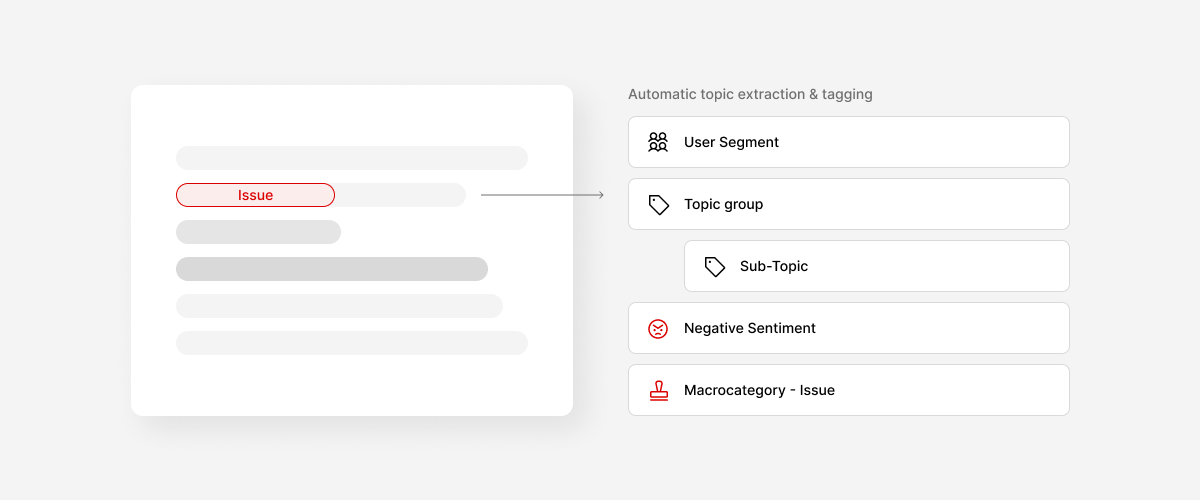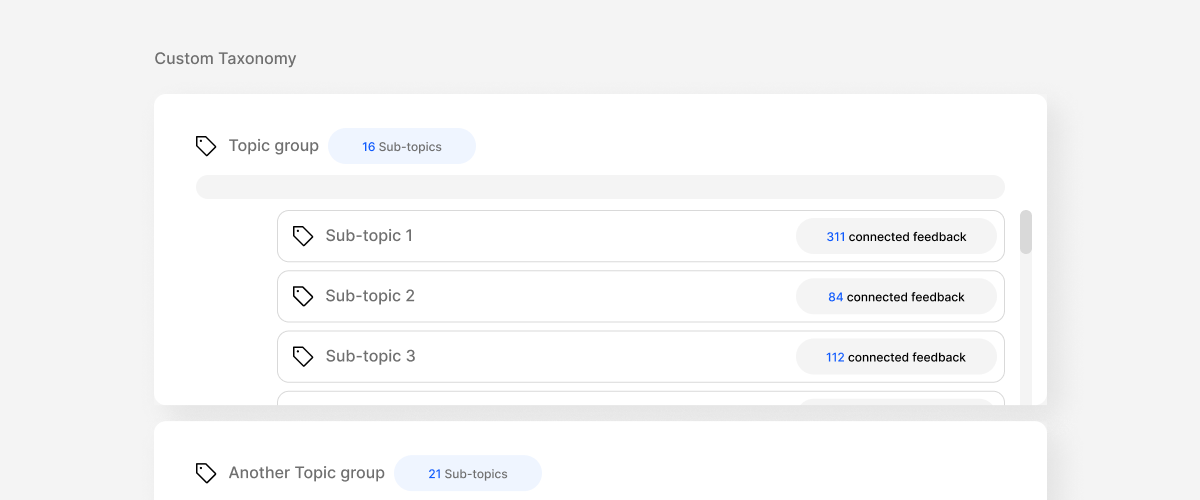The Product Backlog: Your Roadmap to Success
In the world of agile development, the product backlog plays a crucial role in bringing your product vision to life. It's a comprehensive list of everything your team needs to work on, from new features and bug fixes to improvements and other initiatives. Think of it as a single source of truth, guiding the team's efforts toward a successful product launch.
What's in the Backlog?
The backlog encompasses everything related to your product, including:
- New features and ideas: Enhance your product's functionality and address user needs.
- Bugs: Address any technical issues that hinder the user experience.
- Improvements: Refine existing features to enhance usability and performance.
- Customer and stakeholder requests: Incorporate valuable feedback from your users and stakeholders.
- Design changes: Improve the visual appeal and user experience of your product.
- Technical debt: Tackle underlying technical issues that could impact product stability in the future.
- Infrastructure changes: Update or adapt your infrastructure to support product evolution.
Prioritizing the Work:
Not everything can be tackled at once. That's why prioritization is key. The product owner, typically a product manager in agile methodologies, takes the lead in prioritizing backlog items based on various factors:
- Value: How much will this feature benefit users and the business?
- Complexity: How difficult or time-consuming is it to implement?
- Customer expectations: How important is this feature to your users?
- Overall roadmap: Does this feature align with your broader product vision?
Keeping the Backlog Organized:
A well-maintained backlog is crucial for smooth product development. Here's how to ensure yours stays organized:
- Clearly define your process: Ensure everyone understands how the backlog is managed.
- Appoint a backlog owner: Assign someone the responsibility of maintaining the backlog.
- Set criteria for inclusion: Establish guidelines for what belongs in the backlog to avoid clutter.
- Groom the backlog regularly: Regularly review and update the backlog to ensure priorities remain accurate.
The Backlog in Action:
The product backlog works hand-in-hand with other tools to guide development.
- Product Strategy: Defines the product's long-term vision and goals.
- Product Roadmap: Outlines the high-level plan for achieving the product strategy.
- Sprint Backlog: A subset of the product backlog containing tasks specifically chosen for a short development cycle (sprint).
By understanding the product backlog and how it interacts with these other elements, you equip yourself with a powerful framework for successful product development.
When to Use Backlog Management
Backlog management shines when applied to complex products undergoing frequent changes and updates, especially within Agile teams. It empowers these teams to stay organized, focused, and ultimately deliver value to customers.


































